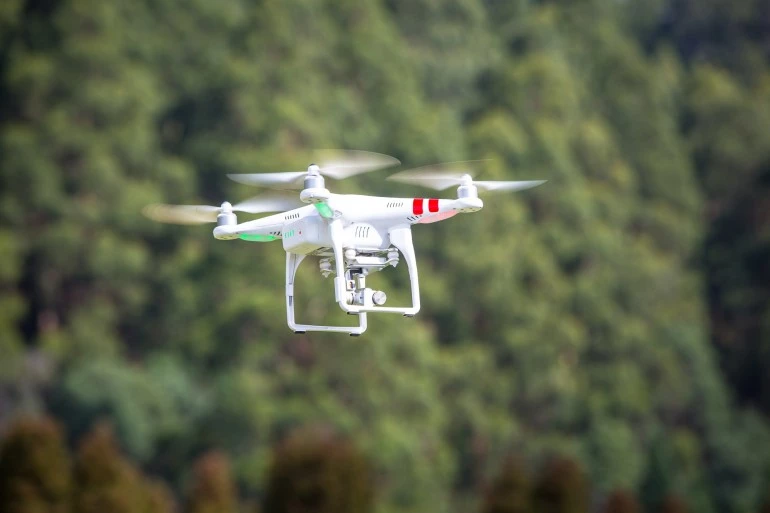In further evidence of the growing popularity of drones for commercial purposes, the Federal Aviation Authority (FAA) this week revealed it has granted more than 1,000 exemptions to existing drone laws.
It doesn't feel like all that long ago the FAA began the onerous process of sifting through applications from companies wanting to use drones as part of their operations. Starting with a single aerial surveying company in Alaska in June last year, it has progressed to a bunch of Hollywood film studios and has since expanded to include realtors and news organization CNN.
In March this year, the FAA sought to streamline the process somewhat with changes to its rules around drone permits known as Section 333 exemptions. Essentially, these changes removed one of the regulatory hoops operators were made to jump through. Previously, applicants who had been granted Section 333 exemptions were still required to have their operations ticked off individually by the FAA. Now, provided the businesses meet a certain reasonable criteria, simply receiving a Section 333 exemption is your ticket to the drone zone.
This shift to a more blanket-like approach now looks to be bearing fruit, with the agency announcing its total count of Section 333 exemptions now stands at 1,008. Many of those have been applied to better-known uses for drones like aerial photography and agriculture. But the agency says the more efficient process has paved the way for new uses, such as inspecting power distribution towers and wiring, railroads and bridges (though the latter application has been floated before).
Those with Section 333 exemptions are free to fly anywhere in the US other than protected airspace like airports and the White House, so long as they keep the aircraft below 200 ft (61 m), fly during daytime, the drone weighs less than 55 lb (24 kg) and remains within the operator's line of sight.
Source: FAA




